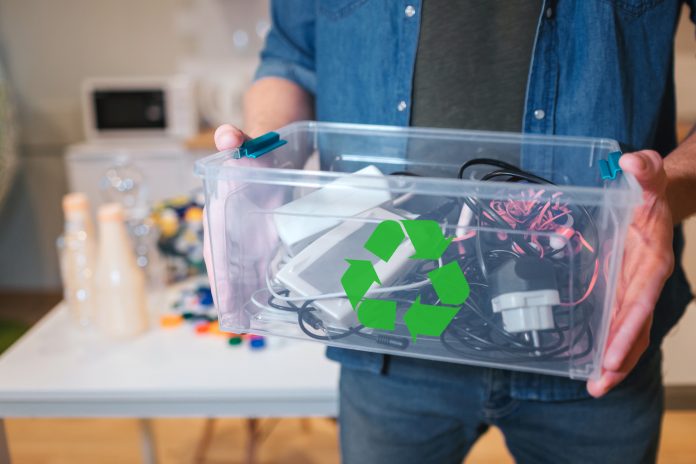Carmen Ene, CEO of 3stepIT, explores how businesses can reduce e-waste to create a more sustainable future in the IT sector
During the first Covid wave, organisations spent a massive $15 billion extra per week on technology to rapidly adapt to remote working. While this investment played a key role in keeping organisations operational and productive during the crisis, the environmental impact of this enforced transformation cannot be overlooked.
Electronic waste, or e-waste, is the world’s fastest-growing waste stream, and the mountain of e-waste is growing exponentially, with 53.6 million metric tonnes (Mt) generated worldwide in 2019. Businesses are key contributors to this issue and must do more to mitigate this worrying trend because on its current trajectory global e-waste is predicted to reach 74 million metric tonnes by 2030.
Not only is e-waste having a crippling effect on the environment, it’s also starting to weigh in on brands that fail to act responsibly. Findings from one report have revealed that over a half of customers (62%) now want companies to take a stand on sustainability, while 92% of business leaders say reducing carbon emissions is of major importance to their business operations.
Addressing the sustainability issue
But the issue isn’t so clear cut. Companies need to stay competitive, agile and responsive to changing customer demands so access to reliable, fit for purpose tech is a core business concern. However, IT leaders do need to focus on ensuring that as devices reach their natural end-of-life, they’re disposed of responsibly either to be reused again in a second life or recycled carefully minimising e-waste.
Worryingly, in our State of Business IT 2020 report, 36% of businesses admitted they did not know where their e-waste ended up, and one in 10 confessed to dumping old technology in landfill. This suggests that devices abandoned during the pandemic could add to growing levels of business e-waste, as many also still lock unusable IT assets away until they figure out what to do with them (26%).
A better TLM model
With devices such as desktops being replaced every one to two years, IT budgets stretched and organisations looking to combat the e-waste crisis, an alternative procurement model requires consideration, one where businesses switch from a ‘buy, use, dispose’ approach, to a ‘take, make, reuse, recycle’ mindset.
This starts with changing attitudes to ownership of IT. While many businesses continue to purchase devices, this can be a more expensive approach especially when you factor in the hidden costs such as in-life maintenance and user support. When devices reach end-of-life state, IT managers need to work out how best to renew and recycle which takes time and resources.
Technology Lifecycle Management (TLM) is a viable alternative, one that offers organisations timely and efficient access to role relevant technology whilst catering for sustainable device disposition.
This is especially important in today’s environment where businesses need to be able to scale up their device estate to flex with changing workplace practices, without being hindered by complex budget approval and procurement processes.
The leading IT decision-makers will be the ones that can adopt a new, more sustainable way of managing IT that delivers technology’s many benefits – productivity, creativity, collaboration – through access to IT devices, not ownership of them.
This starts by looking at smarter end-to-end device management solutions that enable businesses to track their technological devices and forward manage the lifecycle of their entire IT estate, avoiding considerable waste, be it financial, labour or environmental.











